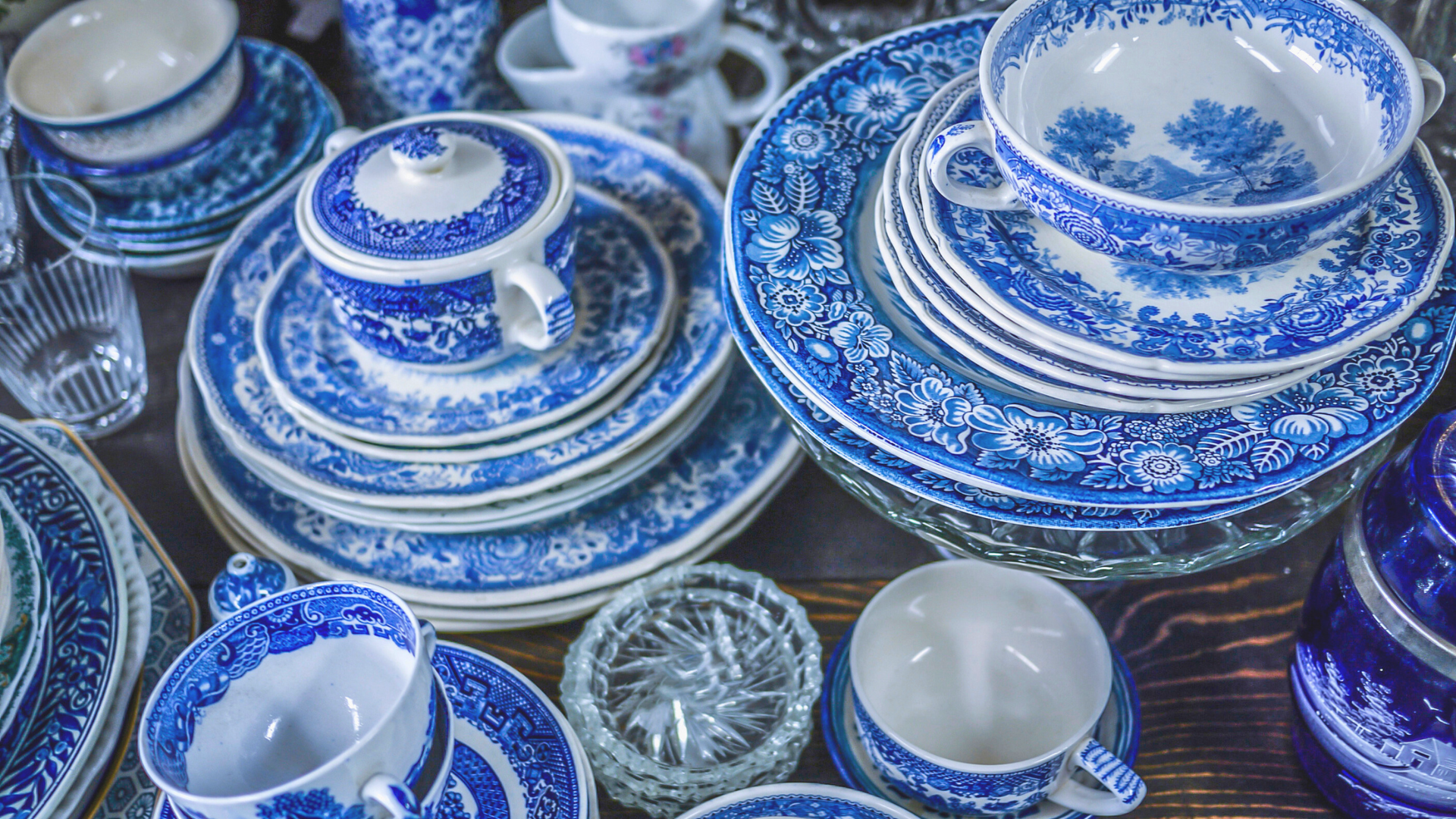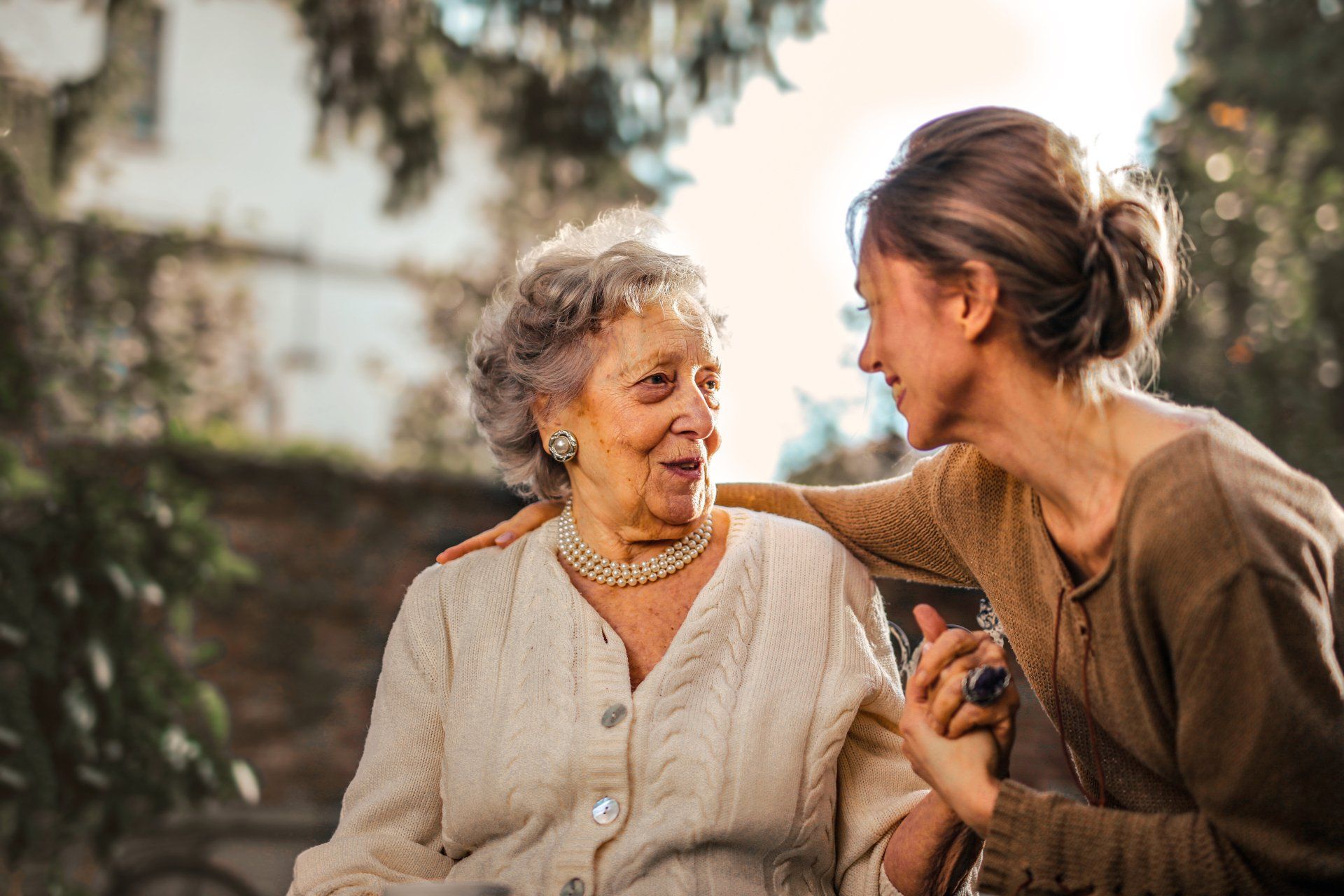Just Because It's Old, Does That Make It Valuable?
Beyond Age: Understanding the True Value of Your Estate Items
In the world of estate sales, art and antique collecting, there's a common misconception that the age of an item correlates directly with its value. While age can certainly contribute to the appeal of an item, it is just one piece of the puzzle when determining true worth. And just because something is old does not then make it valueable, instead, there are a multitude of factors to consider when assessing value.
In this blog post, we'll explore other critical factors that contribute to an item's worth.
Provenance: Uncovering the Story Behind the Item
Provenance refers to the documented history of ownership and lineage associated with an item. Items with well-documented provenance often carry greater value, as they offer insight into the origin story, previous owners, and historical significance. Whether it's a piece of furniture owned by a prominent person or a painting with an illustrous exhibition history, provenance adds layers of authenticity and intrigue that can significantly enhance an item's value.
Historical Significance: Capturing Moments in Time
Beyond age, the historical significance of an item plays a crucial role in determining its value. Items that are linked to pivotal moments in history, cultural movements, or technological advancements hold value due to their connection to broader narratives and contexts. Whether it's a Civil War-era artifact, an Eames lounge chair, or a Meiji period cloisonne vase, items imbued with historical significance offer collectors an opportunity to own a piece of the past.
Rarity: The Allure of the Uncommon
Rarity is a fundamental factor in determining value. Scarce or one-of-a-kind pieces naturally command higher prices due to their limited availability and exclusivity. With one caveat, though the item is rare, are there collectors looking for it? There are plenty of old, rare, and even one-of-a-kind items that have virtually no monetary significance in the marketplace because they are currently out of favor or not sought-after by collectors.
On the other hand are those in-demand rare finds, like a limited edition collectible, an early American salesmans sample, or a piece of artwork that holds a certain aesthetic quality. Rarity adds an element of excitement and prestige to estate sale acquisitions, making them highly sought after by discerning buyers.
Unique and Unusual: The Element of Surprise
Similar to Rarity, items with unique, charming or unusual features stand out from the crowd, and capture buyers' curiosity and imagination. Whether it's an unconventional shape, an unexpected material, an unusual size, or a rare design element, uniqueness adds an element of surprise and excitement to an item, driving up its perceived value and market demand.
Maker's Mark: Recognizing Quality Craftsmanship
The identity of the maker, artist or manufacturer can significantly impact an item's value, particularly in the realm of antiques and collectibles. Items crafted by renowned artisans or produced by esteemed manufacturers often carry greater value due to their reputation for quality craftsmanship and attention to detail. Whether it's a piece of fine jewelry signed by a Cartier, a standard chair by Jean Prouvé or a Leica M2 vintage camera, the maker's mark adds credibility and cachet, and can sometimes drive the price of an item thousands beyond what an unmarked, similar item would command.
Geographical Location: Contextualizing Cultural Significance
The geographical location of an item can influence value by contextualizing cultural significance and regional relevance. Items that are associated with specific regions and cultures may hold greater appeal to collectors, and oftentimes sell for much more within their region of origin than anywhere outside of it.
Which is one more reason we love Online Estate Autions, this sales platform opens your items up to be sold to collectors around the world, rather than just your own backyard!
The Mystery of the Intangible: I know it when I see it
Beyond tangible qualities like age and rarity, intangible factors can significantly influence the perceived value of estate sale items. These intangible elements have a je ne sais quoi factor, I don't know why it's appealing, it just IS. I know it when I see it.
Sometimes these are items that garner emotional attachment, those that evoke childhood memories can hold special significance for buyers, making them willing to pay a premium price. Whether it's a childhood toy, a family heirloom, or a memento from a significant life event, the emotional attachment associated with these items transcends their otherwise nominal material value.
Personal Connection: Tapping in to the Ideal Buyer
Items that resonate with buyers on a personal level, reflecting their interests, hobbies, or aspirations, often hold greater value. For example, a vintage vinyl record collection may hold little to no value to one buyer, but be prized by another who shares a passion for music and personal nostalgia for an earlier, beloved era.
Aesthetic Appeal: Beauty, Design, and Visual Impact
In the world of estate sales, aesthetics play a crucial role in determining an item's value. While the saying is that beauty is in the eye of the beholder, it stands to reason that items with pleasing colors or exceptional design often command higher prices for no reason other than there are more beholders (buyers) that find them appealing.
The Influence of Interior Design Trends on Estate Sale Values
Visual attractiveness is one component to aesthetic appeal, with pleasing proportions, colors, and textures, another is what is currently in favor in the Interior Design world. In the late 90's and early aughts, antique furniture was at it's zenith. But now, that same "brown furniture" has fallen out of favor to the tune of up to 80% off it's high value from that time, due much in part to the Interior Design world setting its sights in new directions.
Interior design trends are ever-evolving, reflecting shifts in taste, lifestyle preferences, and cultural influences. These trends not only shape the way we decorate our homes, but also heavily impact the value of items we put into our homes, ergo estate sale items.
Inherent Value aka Intrinsic Value
Intrinsic value refers to the inherent worth of an item, independent of extrinsic factors such as market demand or current sentiment. While some items derive their value primarily from external factors like rarity, beauty or desirability (which can fluctuate), other items possess intrinsic value due to their inherent properties.
In estate sales, jewelry and other goods made of gold, silver, and precious gemstones offer not only beauty but also an intrinsic, stable investment. When priced accordingly, these items are gladly scooped up by eager buyers, dealers and collectors.
Finally, we have Sentimental Value
Sentimental value is when the item's owner has an emotional, personal attachment to an item, for a variety of good rerasons: fond chlldhood memories, family history or lore, and/or beliefs around the rarity of the item, its specialness and perceived high value. It's important to remember that sentimental value holds no value to outsiders in the marketplace, so if there items of high sentimental value to which you are deeply attached, it's best to remove those from the estate since rarely will the market value yield to your price expectations.
A Holistic Approach to Assessing Value
While age can be a contributing factor to an item's value, it's just one aspect of a much broader equation. When pricing items for any estate, it's important to consider all the nuanced factors that contribute to an items final asking price.
And finally, the worth of any item isn't static, it fluctuates over time, as buyers and interests in the market change. Rather than accessing value on what was, or what will be, we must instead be clear to price to sell for today.
Never miss a Sale -Sign up for our Newletter!
Contact Us
Thank you for subscribing to our Newsletter! You've been successfully added to our list.
Please try again later.


